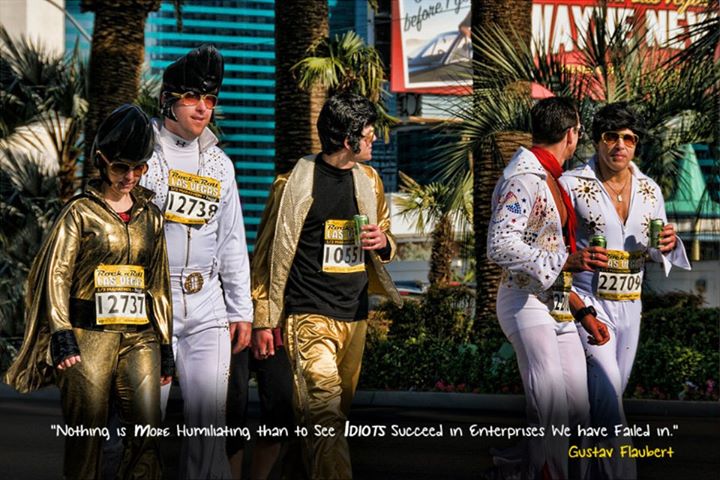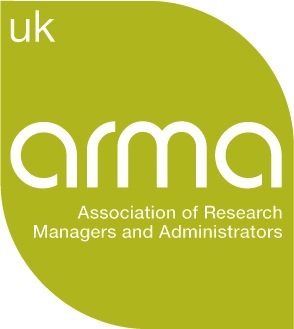
In a excellent recent blog post, Lachlan Smith wrote about the “who cares?” question that potential grant applicants ought to consider, and that research development staff ought to pose to applicants on a regular basis.
Why is this research important, and why should it be funded? And crucially, why should we fund this, rather than that? In a comment on a previous post on this blog Jo VanEvery quoted some wise words from a Canadian research funding panel member: “it’s not a test, it’s a contest”. In other words, research funding is not an unlimited good like a driving test or a PhD viva where there’s no limit to how many people can (in principle) succeed. Rather, it’s more like a job interview, qualification for the Olympic Games, or the film Highlander – not everyone can succeed. And sometimes, there can be only one.
I’ve recently been fortunate enough to serve on a funding panel myself, as a patient/public involvement representative for a health services research scheme. Assessing significance in the form of potential benefit for patients and carers is a vitally important part of the scheme, and while I’m limited in what I’m allowed to say about my experience, I don’t think I’m speaking out of turn when I say that significance – and demonstrating that significance – is key.
I think there’s a real danger when writing – and indeed supporting the writing – of research grant applications that the focus gets very narrow, and the process becomes almost inward looking. It becomes about improving it internally, writing deeply for subject experts, rather than writing broadly for a panel of people with a range of expertise and experiences. It almost goes without saying that the proposed project must convince the kinds of subject expert who will typically be asked to review a project, but even then there’s no guarantee that reviewers will know as much as the applicant. In fact, it would be odd indeed if there were to be an application where the reviewers and panel members knew more about the topic than the applicant. I’d probably go as far as to say that if you think the referees and the reviewers know more than you, you probably shouldn’t be applying – though I’m open to persuasion about some early career schemes and some very specific calls on very narrow topics.
So I think it’s important to write broadly, to give background and context, to seek to convince others of the importance and significance of the research question. To educate and inform and persuade – almost like a briefing. I’m always badgering colleagues for what I call “killer stats” – how big is the problem, how many people does it affect, by how much is it getting worse, how much is it costing the economy, how much is it costing individuals, what difference might a solution to this problem make? If there’s a gap in the literature or in human knowledge, make a case for the importance or potential importance in filling that gap.
For blue skies research it’s obviously harder, but even here there is scope for discussing the potential academic significance of the possible findings – academic impact – and what new avenues of research may be opened out, or closed off by a decisive negative finding which would allow effort to be refocused elsewhere. If all research is standing on the shoulders of giants, what could be seen by future researchers standing on the shoulders of your research?
It’s hugely frustrating for reviewers when applicants don’t do this – when they don’t give decision makers the background and information they need to be able to draw informed conclusions about the proposed project. Maybe a motivated reviewer with a lighter workload and a role in introducing your proposal may have time to do her own research, but you shouldn’t expect this, and she shouldn’t have to. That’s your job.
It’s worth noting, by the way, that the existence of a gap in the literature is not itself an argument for it being filled, or at least not through large amounts of scarce research funding. There must be a near infinite number of gaps, such as the one that used to exist about the effect of peanut butter on the rotation of the earth – but we need more than the bare fact of the existence of a gap – or the fact that other researchers can be quoted as saying there’s a gap – to persuade.
Oh, and if you do want to claim there’s a gap, please check google scholar or similar first – reviewers, panel members (especially introducers) may very well do that. And from my limited experience of sitting on a funding panel, there’s nothing like one introducer or panel member reeling of a list of studies on a topic where there’s supposedly a gap (and which aren’t referenced in the proposal) to finish off the chance of an application. I’ve not seen enthusiasm or support for a project sucked out of the room so completely and so quickly by any other means.
And sometimes, if there aren’t killer stats or facts and figures, or if a case for significance can’t be made, it may be best to either move on to another idea, or a different and cheaper way of addressing the challenge. While it may be a good research idea, a key question before deciding to apply is whether or not the application is competitive for significance given the likely competition, the scale of the award, the ambition sought by the funder, and the number of successful projects to be awarded. Given the limits to research funding available, and their increasing concentration into larger grants, there really isn’t much funding for dull-but-worthy work which taken together leads to the aggregation of marginal gains to the sum of human knowledge.I think this is a real problem for research, but we are where we are.
Significance may well be the final decider in research funding schemes that are open to a range of research questions. There are many hurdles which must be cleared before this final decider, and while they’re not insignificant, they mainly come down to technical competence and feasibility. Is the methodology not only appropriate, but clearly explained and robustly justified? Does the team have the right mix of expertise? Is the project timescale and deliverables realistic? Are the research questions clearly outlined and consistent throughout? All of these things – and more – are important, but what they do is get you safely though into the final reckoning for funding.
Once all of the flawed or technically unfeasible or muddled or unpersuasive or unclear or non-novel proposals have been knocked out, perhaps at earlier stages, perhaps at the final funding panel stage, what’s left is a battle of significance. To stand the best chance of success, your application needs to convince and even inspire non-expert reviewers to support your project ahead of the competition.
But while this may be the last question, or the final decider between quality projects, it’s one that I’d argue potential grant applicants should consider first of all.
The significance of significance is that if you can’t persuasively demonstrate the significance of your proposed project, your grant application may turn out to be a significant waste of your time.

 he first rule of Running Club is that you DO NOT stop talking about running.”
he first rule of Running Club is that you DO NOT stop talking about running.”


 The ESRC have just announced a huge change to their standard grants scheme, and I think it’s fair to say that it’s going to prove somewhat controversial.
The ESRC have just announced a huge change to their standard grants scheme, and I think it’s fair to say that it’s going to prove somewhat controversial. Last week I gave a brief presentation at a training and development event organised by
Last week I gave a brief presentation at a training and development event organised by